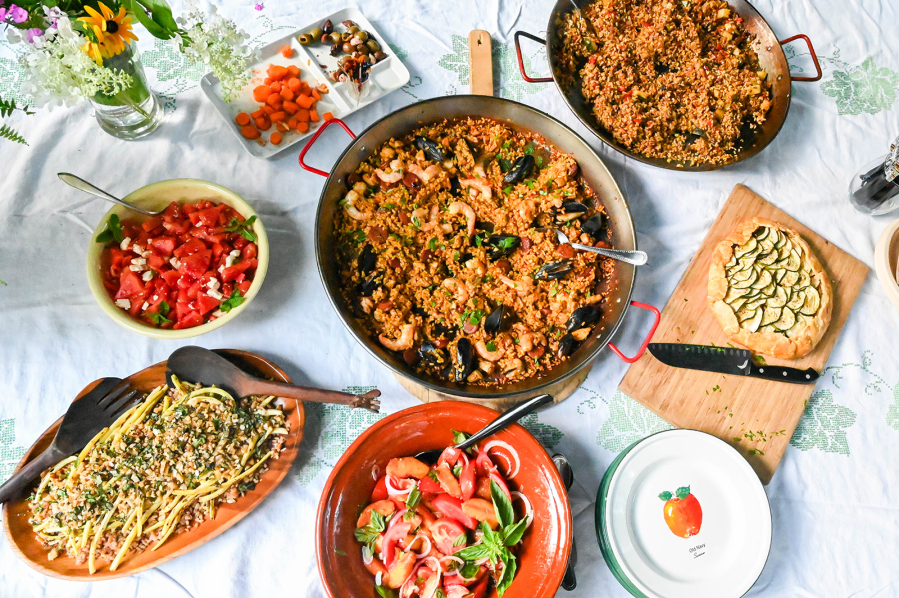The last few weeks of August and the first of September are often bittersweet.
With the kids heading back to school, our kitchen gardens rapidly maturing and vacations to the beach sadly in our rear-view mirror, it means the sunny days of summer will soon be behind us.
Not that fall is bad, of course. If the weather cooperates and you can sweet-talk someone into helping you rake leaves and replace screens with storm windows, it can be wonderful, what with all the colorful leaves, cooler temperatures and the return of apple- and pumpkin-flavored everything. It just doesn’t have the easy, relaxed feeling we associate with summer.
But still.
Fall doesn’t officially start until Sept. 23, so there’s still time to plan one last outdoor “summer” party for family and friends.
My final outdoor get-together of the summer season was a paella party for about 15 friends and colleagues on a balmy Friday evening in my backyard. I’d originally planned on a pig roast, but the cost of buying even the smallest pig and renting a grill proved too prohibitive for a newspaper’s budget.



